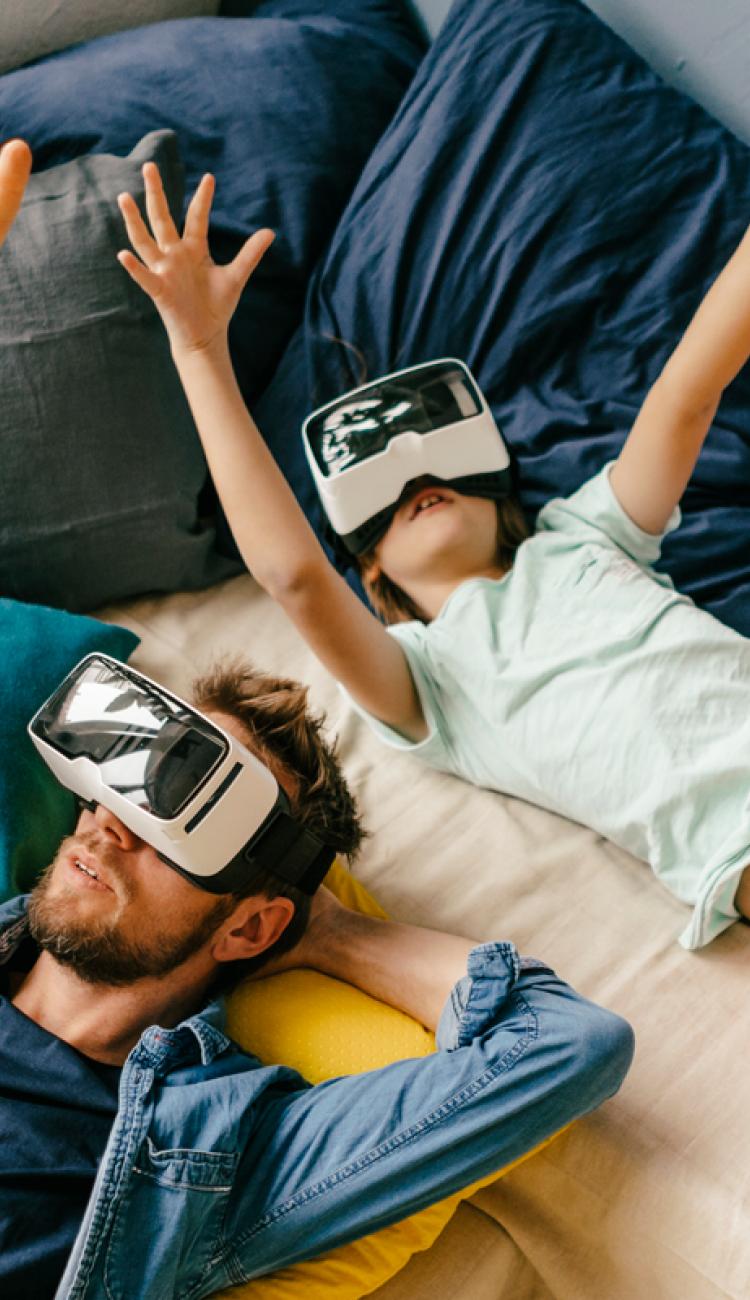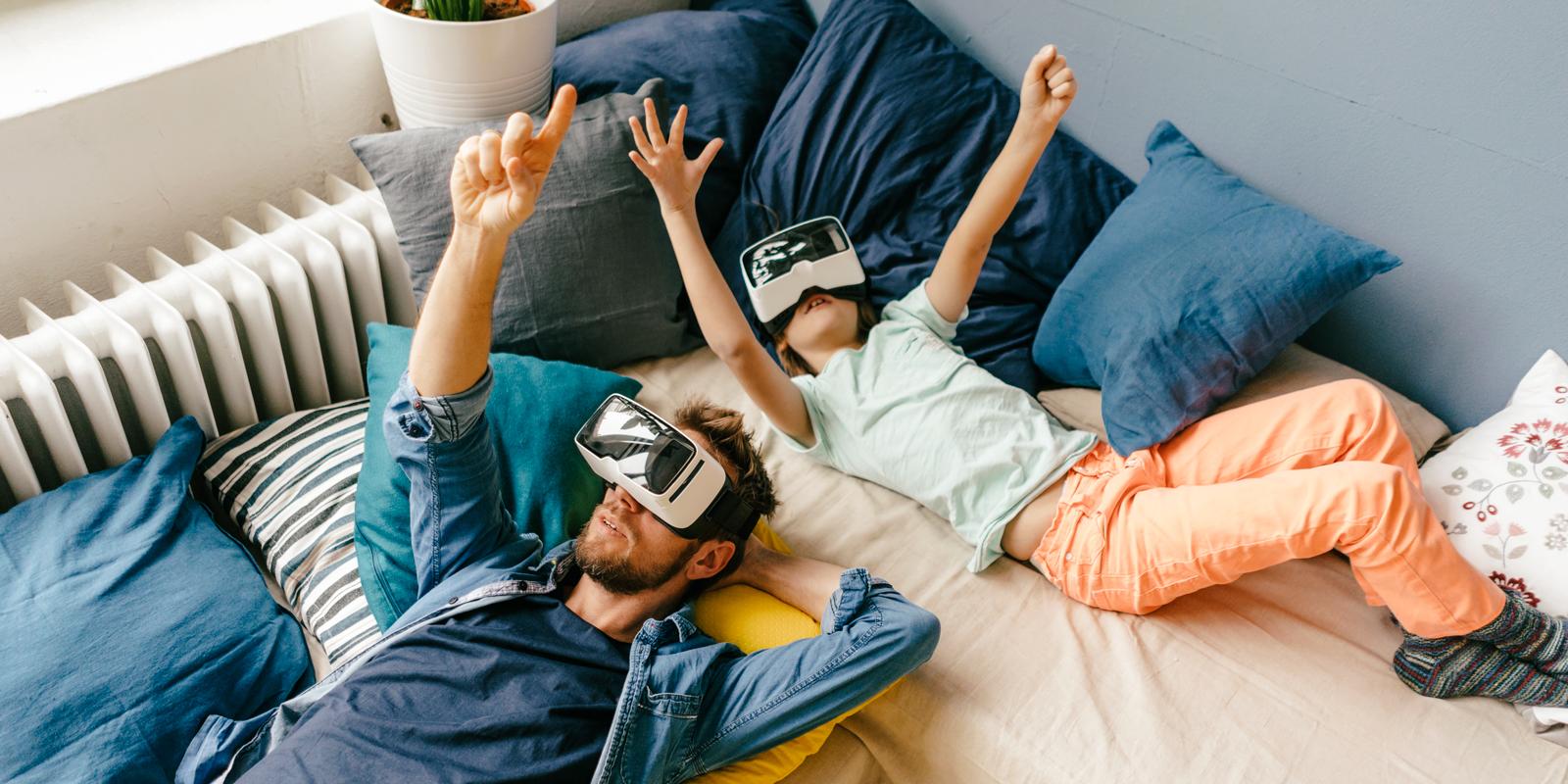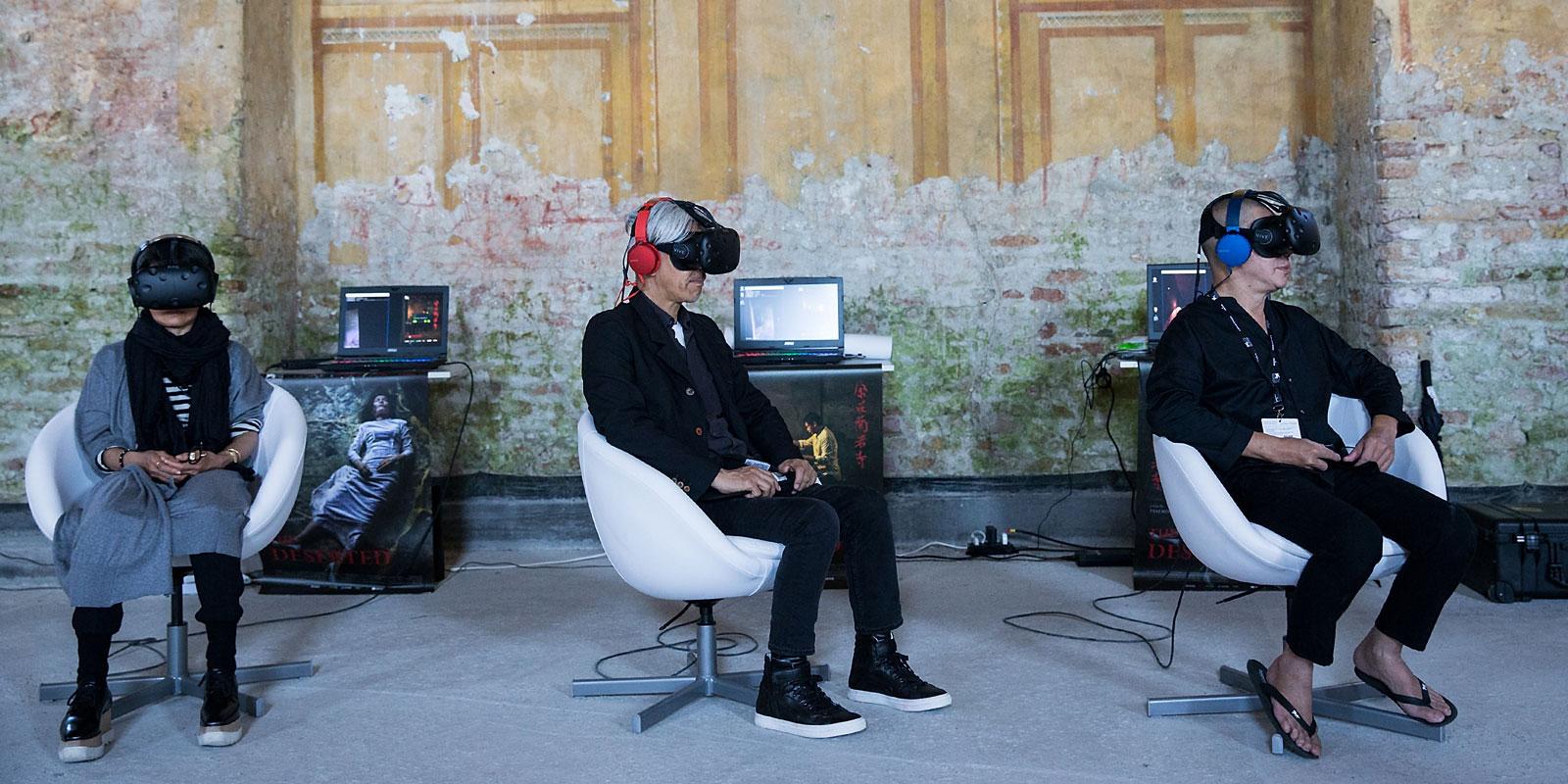Mar 25, 2020
Paramount Pictures’ futurist-in-residence says we have the technology available today to stay connected—easily, safely, and remotely.
It’s undeniable that coronavirus will change our lives. It already has.
Employees accustomed to formal meetings in soundproof conference rooms are taking Zoom calls in their kitchen. Couples who are fond of date night at the movies are streaming new studio films from the comfort of their homes. And, millions of kids are learning from home via online lessons.
Whether we like it or not, this is a moment of profound shift in the way we use technology to replace the real with the virtual. That’s not to make light of the current situation—one in which thousands have died, businesses have shuttered, and the future looks increasingly unclear—but to instead point out that the creative digital experiments we need to take us into the future are happening right now, when we need them more than ever.
This transition to digital or “virtual living” has been happening slowly for a long time. Because of the COVID-19 virus, it’s been fast-tracked. We’re now forced to acknowledge the benefits of cloud services, video conferencing, gaming, as well as augmented reality (AR), virtual reality (VR), and mixed reality (MR) to reduce feelings of isolation and to help us accomplish the everyday tasks, responsibilities, and activities that we would normally do in the physical world.
"In the coming months, it is crucial that we stay calm and help others do the same. The good news is various technologies and digital tools are available to help us do that."
On a personal level, my normal day-to-day outside of any speaking engagements or conference appearances is unaffected. My role as Paramount Pictures’ futurist-in-residence focuses on testing new, emerging technologies that have built-in social capabilities along with their immersive and interactive capabilities. So, for me, what’s been most interesting is watching people who have not relied on group chats, VR, or live streams for a majority of their day now use them on a daily basis to adapt to the current climate of social distancing.
Right now, millions of people are uncertain, frustrated, and anxious. There are projections that the United States may be managing the outbreak through July or August. So, in the coming months, it is crucial that we stay safe, calm, and help others do the same.
The good news: various technologies and digital tools are available to help us do that.
A Social Distancing Toolkit
Video conferencing apps and software, for example, are ideal for anyone who wants to be in touch with friends and family. Already, people have moved their book clubs, dinner parties, game nights, and happy hours to apps like Google Hangouts, FaceTime, and Skype. I think I hit over 50 video chats last week between work-related meetings over Zoom and BlueJeans work chats and nightly happy hours over FaceTime and Skype with friends and family. Our team at Paramount touched base last Friday just to say “hi” and see each other's smiling faces. The more we can all do these types of things, the better we will all feel.
These face-to-face conferencing services also allow co-workers who still need to collaborate on specific projects and students who are out of school to continue to interact with their teachers and classmates. My daughter, who’s a senior in high school, has relied on tele-learning for the past few weeks now, and she’s thriving. And, now, more than ever before, physicians rely on remote, visual connections to offer telehealth services and keep in touch with patients, thus helping to lower the foot traffic in hospitals and doctors’ offices worldwide.
On the entertainment side, video streaming has skyrocketed. As a result, companies have been smart to make their services more accessible and their productions more agile. For example, at ViacomCBS, Showtime now offers an extended 30-day trial for new users. And The Daily Show with Trevor Noah, smartly launched The Daily Social Distancing Show with Trevor Noah on digital and social platforms, extending its reach to linear after attracting millions of fans.


"Innovators have been creating new ways to watch and play together."
The pandemic has also highlighted the utility of AVOD and OTT platforms, as during crises there’s a 61% uptick in the amount of videos consumers stream on TV, according to Nielsen research. Since the announcement of the pandemic in the U.S., Pluto TV—ViacomCBS’ ad-supported streaming platform—has seen a 74% lift in viewership across its news category as well as double-digit lifts on its Binge-Watch channels, entertainment and movie channels, kids programming, and VOD.
Similarly, the gaming industry has seen a huge uptick in the number of people who play video games. For players—particularly teens—these games are highly social. Platforms like Twitch allow viewers to watch live gameplay together and multiplayer online games like Seas of Thieves, Apex Legends, or Fortnite offer players and their friends a chance to team up to complete missions or quests. We’re going to see that usage continues to grow by leaps and bounds, accelerated by the current conditions we are all living in.
Meanwhile, more gyms and fitness programs are offering live streams in the vein of Peloton or Zwift. Plus, mobile fitness apps on a phone or tablet are really beneficial to people now that you can’t get to the gym. I’m using a few fitness gaming apps (Beat Saber, Box VR, The Thrill of The Fight, and Creed) for my Oculus Quest to do a light cardio workout at home.
Innovators have been creating new ways to watch and play together, making the viewing experience a more connected activity. There’s an internet browser extension called Netflix Party that allows people who don't live near each other to watch movies and TV shows together in real-time. It’s been available on Google Chrome for years, but its usage has dramatically increased since the outbreak of coronavirus.
A Clear Path Forward for Futuristic Tech
VR-enabled devices take things a little bit further for anyone who wants to feel like they’ve been transported somewhere outside their home since it’s meant to be immersive.
Already several companies and organizations have created VR and MR experiences where you don an Oculus Quest headset or Magic Leap and can be in a casino playing poker, at a boxing gym, in a theater watching a movie, wandering through a digital recreation Rome or a new museum exhibit all while you’re still on your couch.
Apps like AltSpaceVR, VRChat, and BigScreenVR, which Paramount hosts some of its movies on, are now seeing a significant uptick in usage. VR games like RecRoom Sports Scramble, Star Trek Bridge Crew and Dead and Buried are social so you can play with friends in a virtual world and invite them to participate in the fun. And, apps like MeetinVR and Immersed allow co-workers to meet and collaborate in the same virtual room.
"With this current crisis we're relying on the things we've learned from 'Star Trek' to run our daily lives."
We've essentially taken the virtual world of Star Trek and put that into practice. In the original Star Trek TV show, Captain Kirk and the crew would use the giant viewscreen on the bridge of the Enterprise, basically video-chatting with the Romulans or Klingons before beaming down to the planet, with Lieutenant Uhura wearing a very early version of a bluetooth headset to insure solid communications! Once we got to Star Trek: The Next Generation, the Holodeck was born, a kind of recreation room where they could engage with different virtual reality environments. Now, we can put on a headset and do almost the same thing. Star Trek has become reality and now with this current crisis, we're relying on the things we learned from Star Trek to run our daily lives.
The upload and download speeds and ultrafast, low latency connections 5G promises, will help make those virtual realities even more real. This human crisis highlights the human need for the development of 5G infrastructure and the investment in all the technologies that will benefit from its increased speed and stability. That’s not just to accommodate AR and VR—now that everybody is video chatting 100x more than they were two weeks ago, we need an infrastructure that supports that high level of traffic. Some steps are already being taken, with Verizon providing all mobile customers 15GB of extra data during the pandemic to help them with their daily communication and remote data needs.
In short, this is more than a momentary crisis. As the global health and economic systems unify in the fight against the coronavirus, it’s also a call for further innovation. This is an opportunity to build on existing technology to create a future where we can be even more connected and capable.
As Told To Kelby Clark




